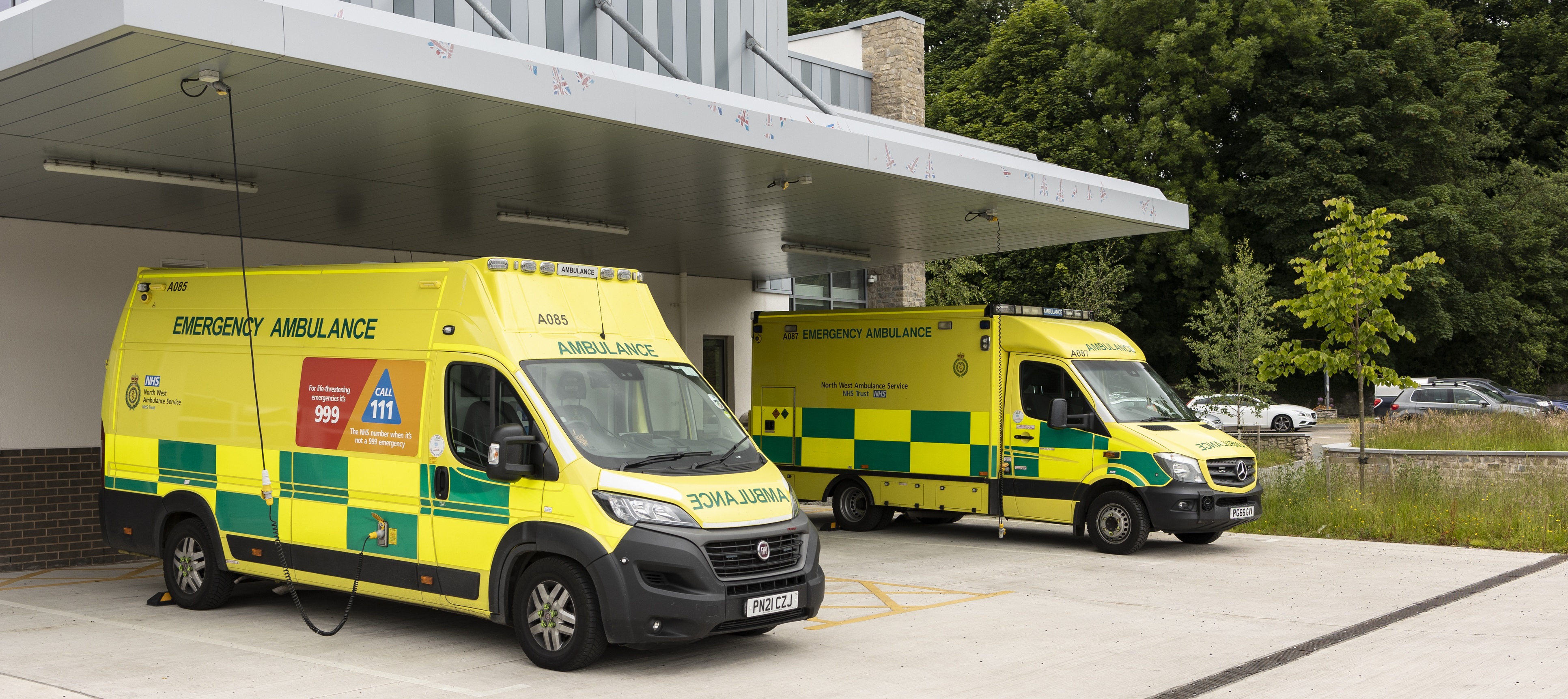“Improvements made to DBS check delays” is the headline to a BBC article that I read recently. The article goes on say that the backlog has been reduced from 13,000 to 9,600 and the average time to process applications reducing from 92 days to 34 days.
Whilst I would agree that “things are moving in the right direction”, this still seems to be a very long time for a process that I imagine would require a few hours of work at most. The focus of this post is to examine how such circumstances might arise and how to address them.
Why is this important?
First, let’s consider the impact that such delays could have:
- cost to employing organisations if candidates give up and seek work elsewhere
- chance that employees are allowed to start work without completion of DBS checks when such checks would have revealed risks to their employment
- Delays in the processes of the employing organisation due to protracted periods with vacancies
The nature of such checks is that often these checks are being undertaken in relation to services provided to the public including children and often as matters of protection and vulnerability involving employees at the lower end of the pay scale. Minimising unnecessary delay would therefore seem worthwhile.
What might the causes be?
A common reason for backlogs to arise is an imbalance between capacity to process demand and the amount of demand and its associated workload. This can be caused by:
- Increases in the volume of demand
- Increases in the amount of time required to process demand, such as due to changes in process, systems or trainees taking time to get up to speed
- Reduction in capacity, such as due to turnover of staff, increased absenteeism such as through sickness or maternity leave, bars on overtime
How can backlogs be avoided?
This is where effective demand management has a role to play. This starts with the an understanding of how to calculate the resources required to service demand.
Remember the basic formulae:
-
- resource required = work content / net hours worked
where
-
- work content = volume of demand * average unit process time
- net hours = contracted hours – abstracted hours
(abstracted hours are those lost for holidays, sickness, training etc)
Of course, it’s a little more complex than that, as there maybe multiple workstreams (e.g. basic, standard and enhanced DBS checks). Even within these workstreams, different applications may required different process steps, some of which are not required all the time. Seasonality in both demand and staff availabilty present further challenge as does simple day to day variability, particularly when service level standards (e.g. 80% of Basic checks within 2 days, 80% of Enhanced checks within 14 days) apply.
Not just a once-off
Applying these principles to a newly designed process or operating model is a key enabler to successful implementation of change. Many well intentioned change programmes have failed due to inadequate resourcing and the resulting backlogs.
To my mind, effective demand management is an ongoing process. To avoid backlogs arising in future, further steps are required. For example, monitoring demand over time enables trends to be identified. In processes where there is high turnover of staff and long training leadtimes, don’t wait for vacancies to arise before initiating recruitment programmes. Evaluate other change that affect process times, such as new IT systems and changes to legislation to understand the resource implications before the backlogs occur. Sometimes, these changes may even release resource if workload decreases!
Call to action
Hopefully my former colleagues at Process Evolution are already on the case supporting police forces in this area. In my time at Process Evolution, we helped forces streamline their vetting processes in support of the Uplift Programme to recruit 20,000 additional police officers.
The government website suggests that national data is already collected on DBS demand. Using business analytics to drill down into the next level of detail (i.e. by Force) would enable benchmarking to understand productivity <> outcomes relationships; drilling into this would enable forces to drive local improvements by understanding the causes of any variability. Predictive modelling could be used to determine resource requirements at the local level, and to extrapolate the effects of trends in demand on future needs.

